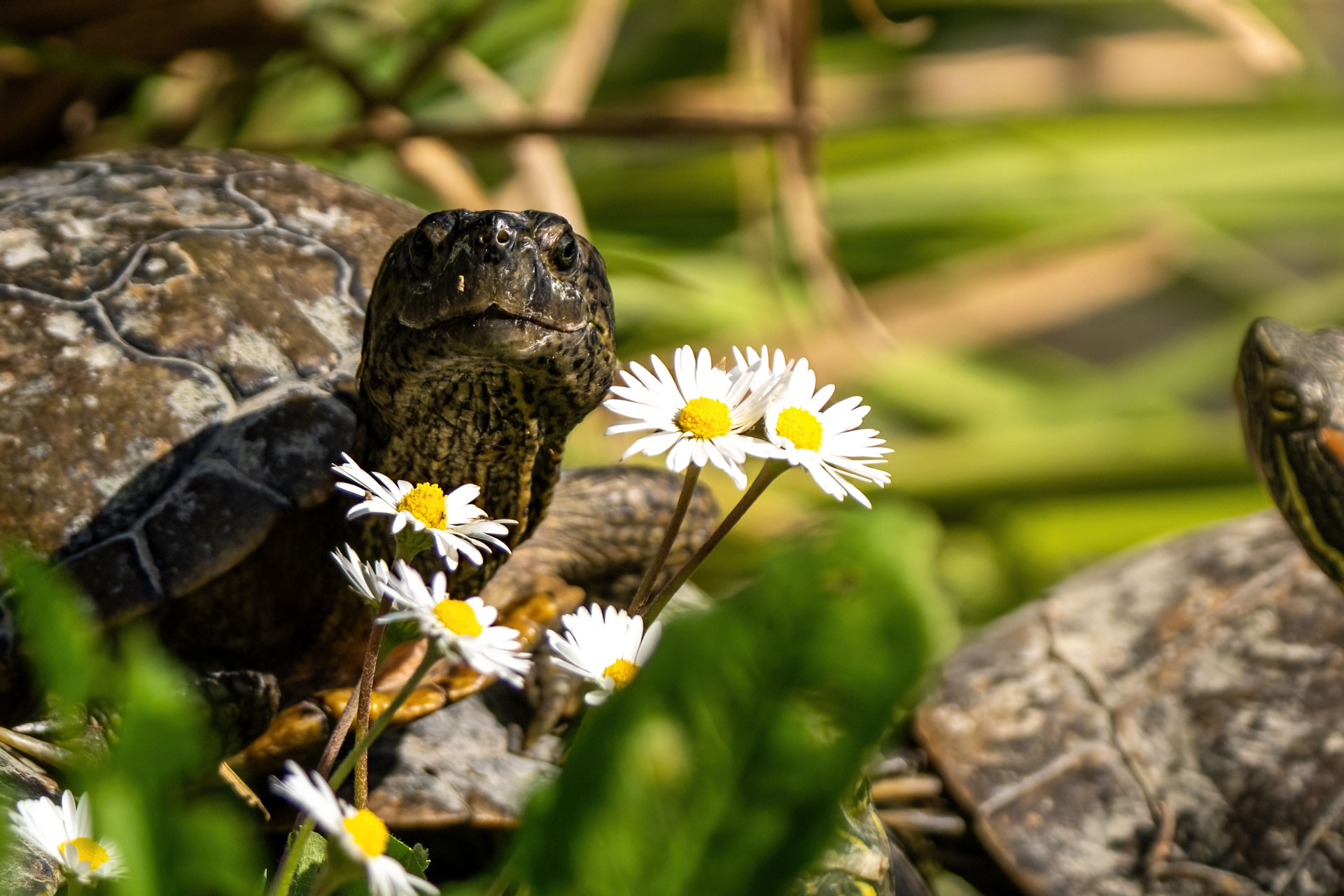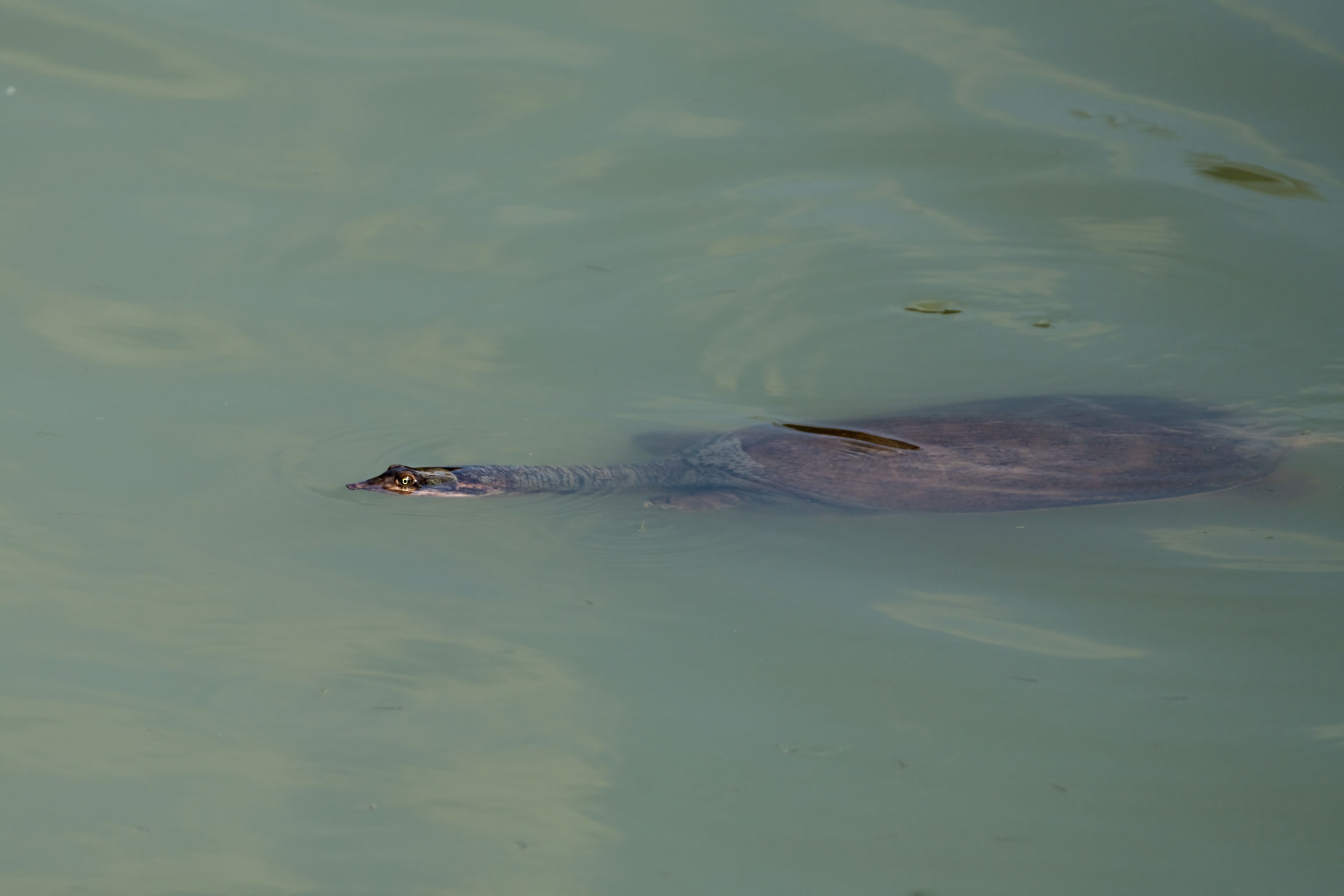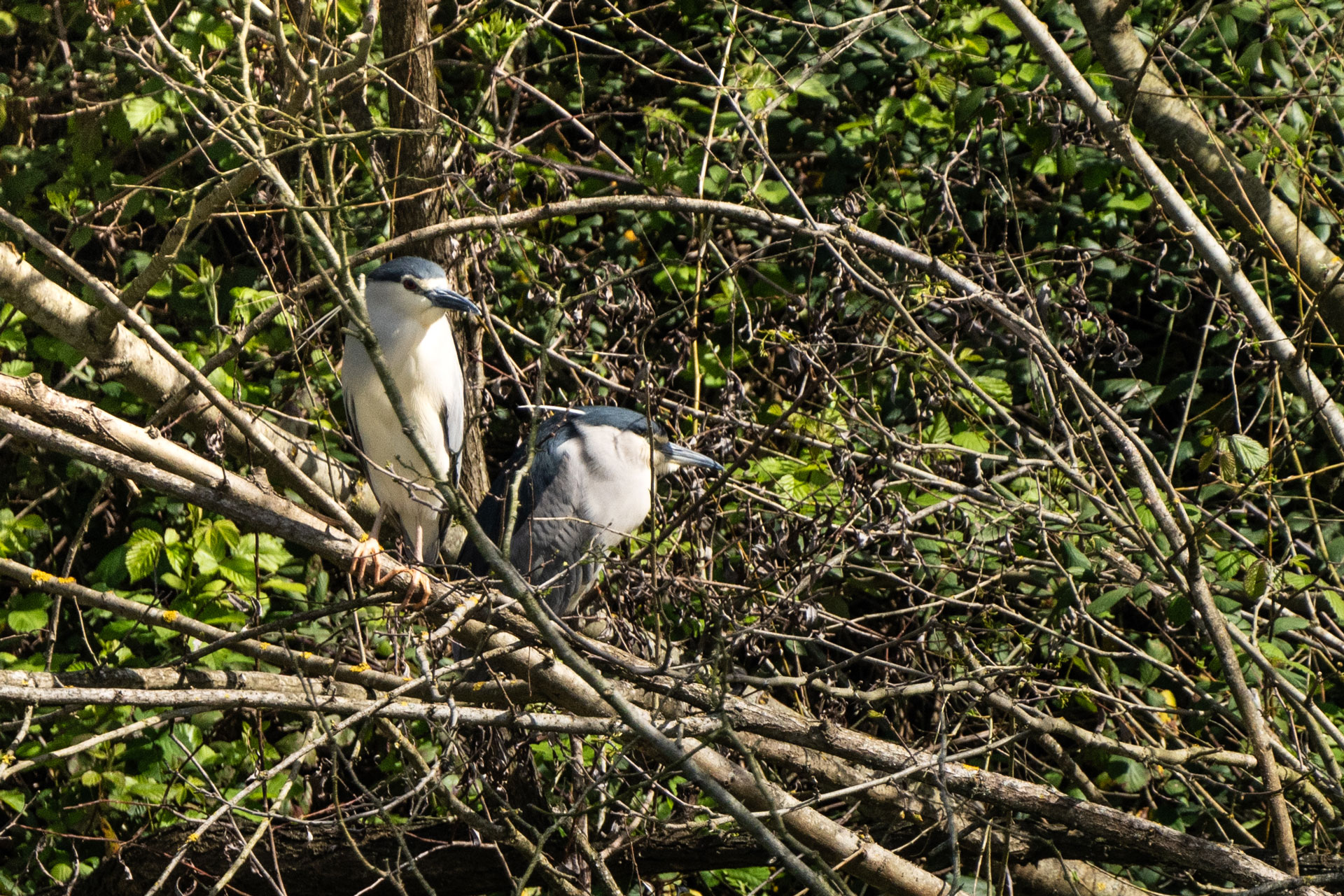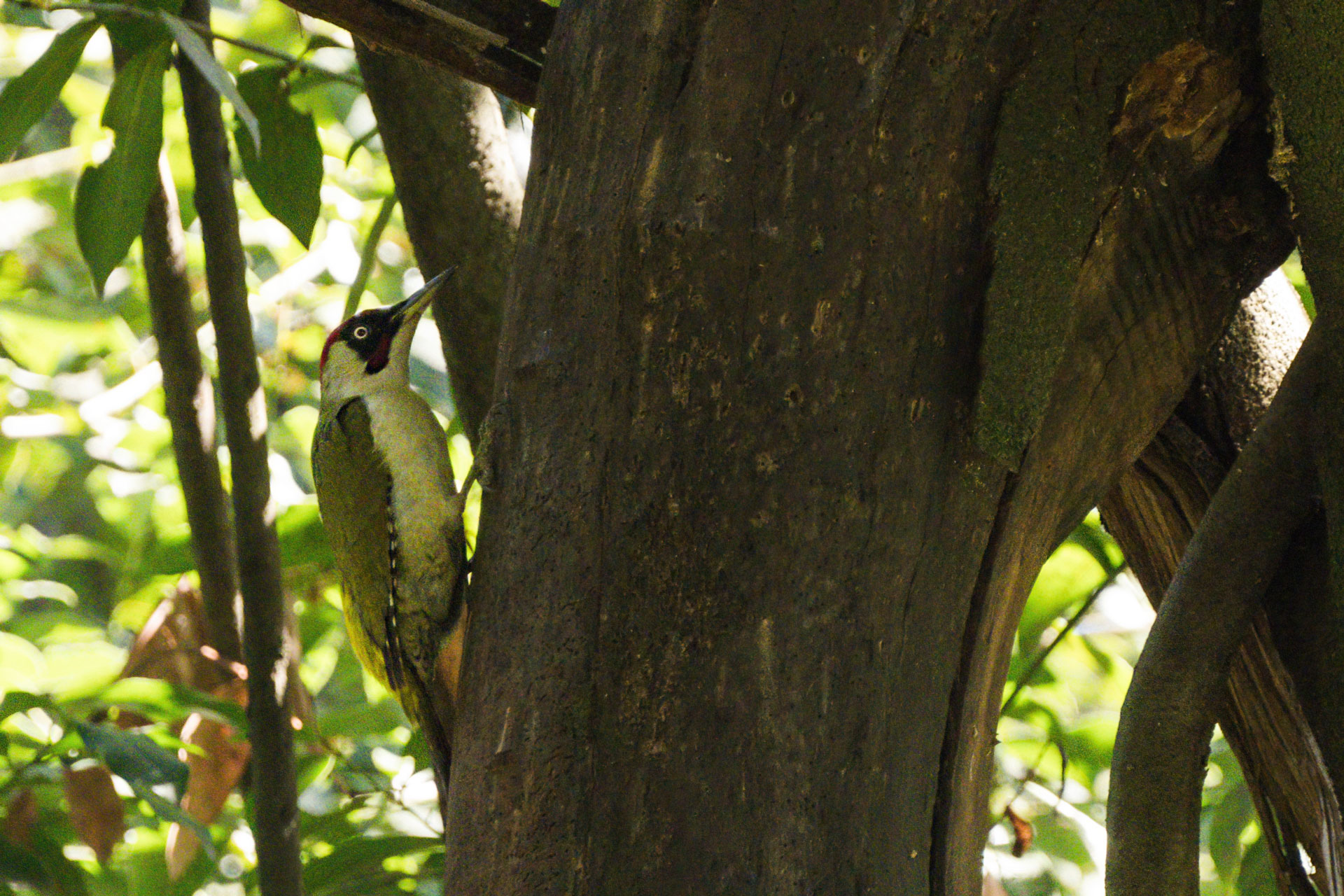At the end of March we inaugurated the beginning of spring with an urban birding day trip to Rome, to discover the biodiversity of Villa Doria Pamphilj.
Surrounded by the first seasonal blooms, we spot some Passerines nesting here, such as European Goldfinches (Carduelis carduelis), Great Tits (Parus major), European Blue Tits (Cyanistes caeruleus) and Common Starlings (Sturnus vulgaris), already in full swing in collecting the material for the construction of nests.
Along the park’s avenues, lizards take advantage of the sunny day to basking. In addition to the Italian Wall Lizards (Podarcis siculus), there are some individuals of Podarcis muralis nigriventris. This subspecies of Common Wall Lizard, endemic to central Italy and also observable in the city centre, is characterized by a particular livery that distinguishes it from other Italian and European populations.
European Blue Tit. Photo by Francesco Simonetta.

Podarcis muralis nigriventris. Photo by Francesco Simonetta.

Heading towards the edge of a wooded area, accompanied by the noisy call of the European Green Woodpecker (Picus viridis), there are many species linked to the tree-lined environments that we observe, including Wood Pigeon (Columba palumbus), Eurasian Jay (Garrulus glandarius) and Long-tailed Tits (Aegithalos caudatus).
Despite the wait we are unable to spot the Green Woodpecker, so we move near the lake so as to focus on other species. The banks are crowded with grazin Common Moorhens (Gallinula chloropus), while in the center of the body of water we see seagulls and ducks, including species present here for ornamental purposes such as the Wood Duck (Aix sponsa).
Eurasian Jay. Photo by Francesco Simonetta.

Common Moorhen. Photo by Francesco Simonetta.

Inside the villa, the presence of the lake has unfortunately favored the illegal release of numerous pond turtles coming from other places, in addition to the numerous Pond Sliders (Trachemys scripta elegans and T.s. scripta), we also observe a Chinese Pond Turtle (Mauremys reevesii) and a large individual of Spiny Softshell Turtle (Apalone spinifera). We take advantage of this to describe the impact of alien species on our freshwater ecosystems and on native species, including fish and amphibians.
Mauremys reevesii. Photo by Francesco Simonetta.

Apalone spinifera. Photo by Francesco Simonetta.

Continuing the exploration of the lake shores, the participants are able to appreciate the differences between some herons also present in the city environment: a Grey Heron (Ardea cinerea) and a Little Egret (Egretta garzetta) patrol the shore waiting for some prey. Subsequently, paying more attention, we spot 4 Black-crowned Night Herons (Nyctycorax nyctycorax) resting within the riparian vegetation.
The waters of the lake also attract some Barn Swallows (Hirundo rustica) and Western House Martins (Delichon urbicum), which have recently arrived in the city after spending the winter in the African wintering sites.
Grey Heron. Photo by Francesco Simonetta.

Little Egret. Photo by Francesco Simonetta.

Black-crowned Night Herons. Photo by Francesco Simonetta.

Almost at the end of our outing, we decide to take one last short walk, in the hope of including some last interesting species in the checklist. We are rewarded by finally being able to observe the Green Woodpecker and, last but not least, a beautiful Common Kingfisher (Alcedo atthis)!
Picchio verde. Foto di Francesco Simonetta.

Martin pescatore. Foto di Francesco Simonetta.

CHECKLIST
- Mallard (Anas platyrhynchos)
- Black-crowned Night Heron (Nycticorax nycticorax)
- Little Egret (Egretta garzetta)
- Grey Heron (Ardea cinerea)
- Rose-ringed Parakeet (Psittacula krameri)
- Monk Parakeet (Myiopsitta monachus)
- Common Moorhen (Gallinula chloropus)
- Eurasian Coot (Fulica atra)
- Common Sandpiper (Actitis hypoleucos)
- Black-headed Gull (Chroicocephalus ridibundus)
- Yellow-legged Gull (Larus michahellis)
- Feral Pigeon (Columba livia var. domestica)
- Wood Pigeon (Columba palumbus)
- Collared Dove (Streptopelia decaocto)
- Common Kingfisher (Alcedo atthis)
- European Green Woodpecker (Picus viridis)
- Barn Swallow (Hirundo rustica)
- Western House Martin (Delichon urbicum)
- White Wagtail (Motacilla alba)
- Black Redstart (Phoenicurus ochruros)
- Common Blackbird (Turdus merula)
- Blackcap (Sylvia atricapilla)
- Sardinian Warbler (Curruca melanocephala)
- Common Chiffchaff (Phylloscopus collybita)
- Great Tit (Parus major)
- Eurasian Blue Tit (Cyanistes caeruleus)
- Long-tailed Tit (Aegithalos caudatus)
- Common Magpie (Pica pica)
- Eruasian Jay (Garrulus glandarius)
- Hooded Crow (Corvus cornix)
- Common Starling (Sturnus vulgaris)
- Italian Sparrow (Passer italiae)
- European Goldfinch (Carduelis carduelis)
- European Greenfinch (Chloris chloris)
- European Serin (Serinus serinus)